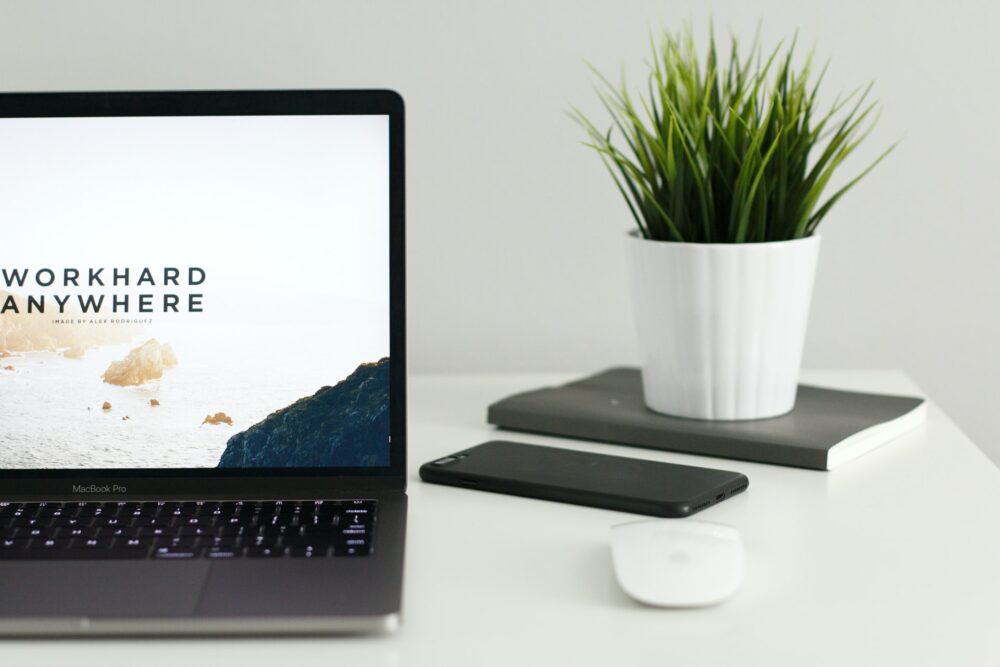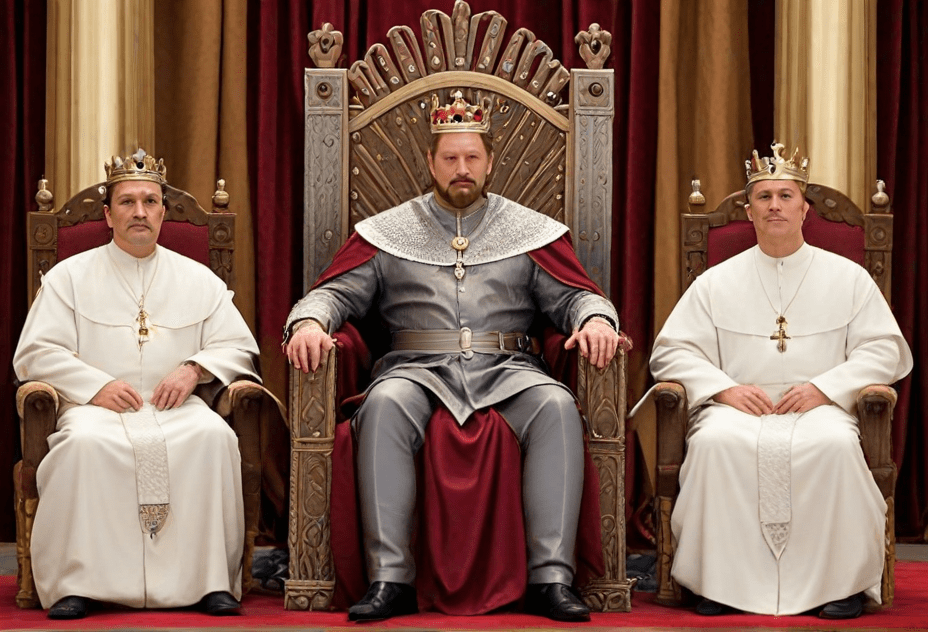Web Design is Like Being a Chef
Just like being a chef, web design can be a challenging but creative job. On one hand, you get to create something beautiful, but on the other hand, you have to deal with picky customers.
First, you have to understand the client’s needs and preferences, just like a chef would understand a customer’s dietary restrictions. This can be like trying to find a needle in a haystack, but once you understand it, you can start to develop a plan to create a delicious website.
Next, you have to use your creativity to bring the client’s vision to life. Just like a chef, you have to use the right ingredients and techniques to create a visually appealing website that is easy to navigate and use.
But just like some customers, some clients may not be satisfied with the final product, they might want changes or tweaks here and there. But just like a chef, it’s important to remember that not everyone’s taste is the same and to always be willing to make adjustments to suit the client’s needs.
So, don’t be afraid to use your creativity in web design, just remember to be patient, understanding, and always be ready to adapt to the clients needs.
Note: this is just a funny way to look at web design and it’s not a guide or advice on how to be a web designer, it’s a complex and ever-changing topic, and it’s recommended that you seek expert advice on the matter.
At MyQuests.org, we would love to help you with this. Contact Us.
FAQ – Frequently Asked Questions
What is Web Design?
Web design is the process of creating the visual and functional aspects of a website. It involves the planning, creation, and maintenance of websites using various design elements such as layout, colors, typography, graphics, and user interface (UI) design.
The ultimate goal of web design is to create an engaging and user-friendly website that provides a positive user experience (UX). This includes designing a website that is easy to navigate, visually appealing, and provides users with the information they are looking for.
Web design encompasses both the front-end and back-end aspects of a website. The front-end refers to the visual elements that users see and interact with, while the back-end includes the behind-the-scenes functionality such as server-side scripting, database management, and content management system (CMS) integration.
Web designers use various tools and technologies to create websites, such as HTML, CSS, JavaScript, and web design software like Adobe Photoshop, Sketch, and Figma. They work closely with clients or stakeholders to understand their goals and requirements, and then create a design that aligns with those needs. They also need to keep up with the latest design trends and web technologies to create websites that are both functional and aesthetically pleasing.
What are html website template?
HTML website templates are pre-designed website layouts that can be customized and used as the basis for creating a website. They typically include HTML, CSS, and sometimes JavaScript code, and can be easily modified to fit a particular website’s needs.
There are many websites that offer free and paid HTML website templates, such as ThemeForest, TemplateMonster, and Bootstrap. Some of these templates are designed specifically for certain types of websites, such as e-commerce sites, blogs, or portfolios.
When choosing an HTML website template, it’s important to consider the features and functionality that your website requires, as well as the overall look and feel you want to achieve. It’s also important to ensure that the template is responsive, meaning that it adjusts to different screen sizes and devices.
Once you’ve selected a template, you can customize it by adding your own text, images, and branding elements. You may also need to modify the HTML and CSS code to make more substantial changes to the layout and design.
Web design and development involve creating websites that are both visually appealing and functional. HTML, CSS, and JavaScript are the foundation of web development, with HTML providing the structure, CSS defining the layout and styling, and JavaScript adding interactivity and functionality. React is a popular JavaScript library used for building user interfaces, while Bootstrap is a front-end framework that streamlines the web design process with pre-built CSS and JavaScript components. The design process is crucial to creating a successful website, as it involves creating a layout and visual elements that are consistent with the brand and user needs. In summary, web design and development involve using HTML, CSS, and JavaScript to create a website, and frameworks and libraries like React and Bootstrap can help streamline the development process.






